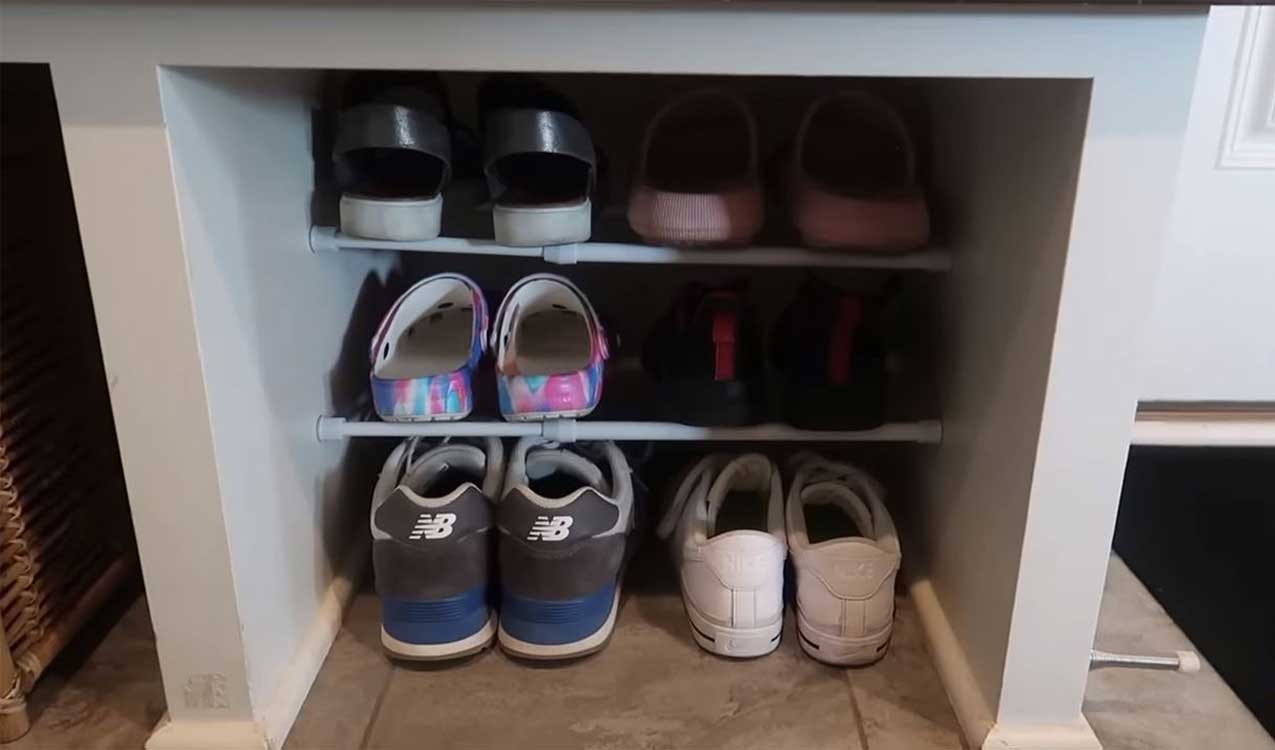The bedroom, your personal sanctuary, should be a serene retreat where you are free to rest and rejuvenate yourself. We start our Spring Cleaning Decluttering Series discussing the primary living spaces in the home. First up, is the most important and intimate room of the house.

Your Personal Sanctuary Should Be Free of Clutter
The bedroom is the last place you should feel crowed or uncomfortable. It is the most intimate space in your home, and as such, should feel like it. Regardless of the size, every bedroom can be decluttered to become a peaceful retreat. A clutter-free bedroom contributes to better sleep and an overall sense of calm. Here’s how to achieve that.

Step 1: Planning and Preparation
Before you start decluttering, you need a game plan. Assess the size of your bedroom and identify the problem areas. Are the closets overflowing? Is there too much furniture? Are the surfaces covered in clutter?
Next, gather the supplies you’ll need:
- Boxes or bins for sorting items
- Trash bags for items to discard
- Cleaning supplies for dusting and polishing
- Vacuum or broom for cleaning the floor
- Label maker or marker for labeling items you’ll store or donate
- Drawer organizers, under-bed storage bins, over-the-door hangers, and other storage tools based on your needs

Step 2: The Decluttering Process
Start with one area at a time to avoid feeling overwhelmed. Here’s a detailed breakdown:
Clothing and Closet:
- Empty the Space: Remove everything from your closets and drawers. This allows you to see the space you’re working with and also forces you to touch each item, which can make it easier to decide what to keep and what to let go of.
- Sort Your Clothes: Sort them into categories like tops, bottoms, undergarments, accessories, and shoes.
- Evaluate Each Item: Ask yourself if you’ve worn the item in the past year, if it fits, and if it’s in good condition. If the answer to any of these is no, it’s time to let it go.
- Storage: Return the clothes you’re keeping to your closet or dresser. Consider using hangers for items that wrinkle easily and drawers or shelves for everything else. Drawer dividers can help keep folded clothes neat, and shoe racks can make the best use of your closet floor.
Furniture:
- Evaluate the Necessity: Do you use all the furniture in your bedroom regularly? If not, consider getting rid of some pieces.
- Optimize Storage: Consider furniture that serves multiple purposes like beds with built-in drawers or ottomans that double as storage.
Surfaces:
- Clear and Clean: Remove everything from surfaces like nightstands, dressers, and desks. Clean each surface thoroughly before you start organizing.
- Sort and Store: Return only the essentials to each surface. The fewer items on your surfaces, the less cluttered your room will feel.
- Organize: Use trays or baskets to corral smaller items. For instance, you might have a small tray on your nightstand for your glasses, a book, and a lamp.
Step 3: Maintenance
After decluttering, it’s essential to maintain your newly organized space.
- Regular Clean-ups: Schedule regular clean-ups (weekly, monthly) to prevent clutter from building up.
- One In, One Out Rule: For every new item you bring in, let go of one. This is especially useful for managing clothing.
- Annual Declutter: Plan for an annual decluttering session to reassess and reorganize. Your needs might change over the year, and so should your space.
Remember, decluttering is a process. Don’t be discouraged if it takes time. Celebrate your progress, no matter how small. In the end, your goal is to create a space that feels calm, serene, and uniquely yours.
Interested in other areas of the house? Read our other decluttering guides for primary living spaces: the living room, dining room, kitchen, bathroom, closets, or our ultimate guide to decluttering and organizing every area of your house.
Interested in working with us?





